|
JEAN PICHORE - ROGER MORTIMER AND QUEEN ISABELLA
- PAGE 2
|
Tour de Nesle Affair |
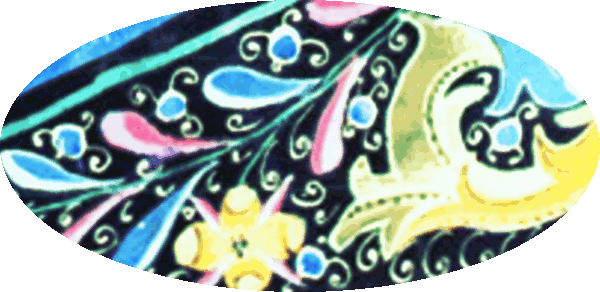
Silk Purses and the
Hundred Years War |
- In 1314, King Philip IV 'le Bel' (the Fair) of France was secure on his throne.
- Known for his strikingly
handsome good looks,
he had three sons who were all grown and married.
- The future of the
Capetian Dynasty and France seemed stable and in good hands
with a clear line of succession.
In the early years of the 14th Century, scandal rocked the French monarchy to its core and inadvertently contributed to the end of the Capetian dynasty.
(Sharon Bennett Connolly) |
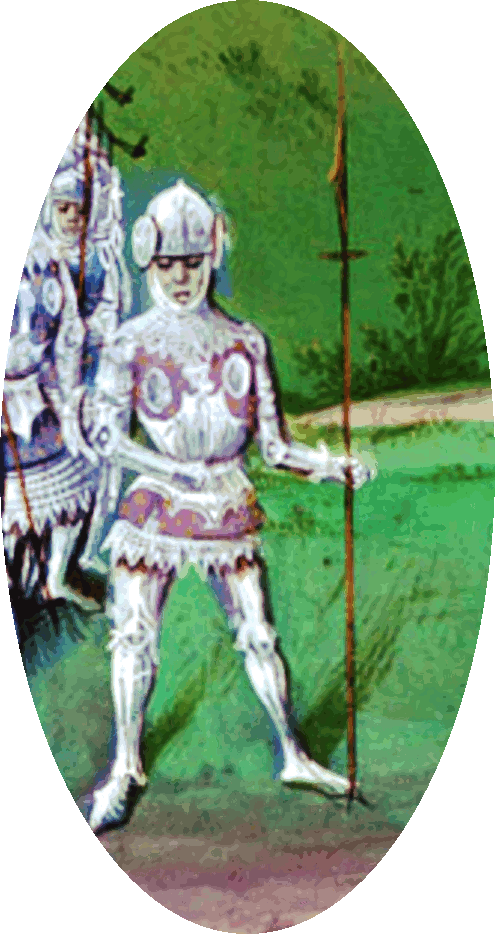
Philip IV |
- There were a lot of big controversies and affairs going
on during Philip IVs reign.
-
In 1306 Philip expelled the Jews from France, followed by the total destruction of the Knights Templar in 1307.
- To further strengthen the monarchy, Philip tried to tax and impose state control over the Catholic Church in France, leading to a violent dispute with Pope Boniface VIII.

Giants |
- The royal bloodlines from the Merovingian lineage goes
back to Mary Magdalene and the French Capetian Dynasty or
House of France.
- After the Capetian dynasty, they called it the
House of Velois (valley) who were descendants of Philip III
(1270-1314) of France.
- Later this was followed by the House of Bourbon who came out
of Louis IX (1214-1270) of France.
Valois Dynasty, the royal house of France from 1328 to 1589, ruling the nation from the end of the feudal period into the early modern age. The Valois kings continued the work of unifying France and centralizing royal power begun under their predecessors, the Capetian dynasty.
(Britannica) |
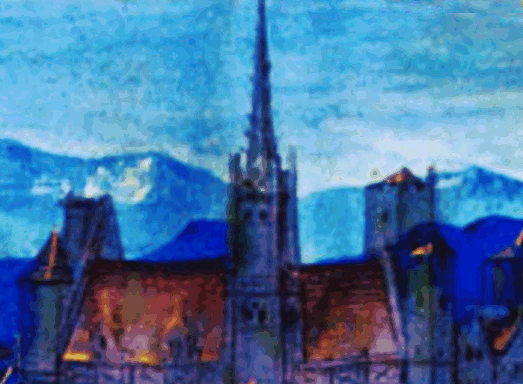
Dynasty |
- The Capetian line is named after Hugh Capet (941-996),
King of the Franks, and founder of the dynasty.
- The
meaning of the nickname 'Capet' is uncertain, though it is
often linked to the Latin word caput which means 'head' from
'cap' you wear on your head.
- And therefore it refers to
the descendants or the royal lineage of Heliopolis, which is
the place of Golgotha.
Golgotha, also known as Calvary, is the Aramaic word for "the place of the skull" and the biblical site in ancient Jerusalem where Jesus was crucified.
(Wikipedia) |
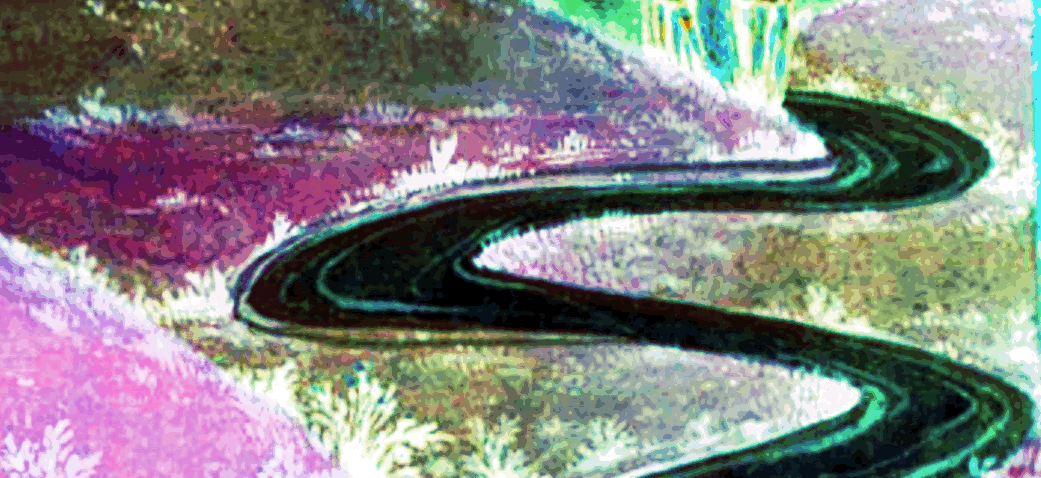
Apostate |
- All nations around the world, including the U.S. have
capitals because they're all representative of the government
of Mary Magdalene and Jesus Christ.
- That is the
government that runs the world today and it has become
apostate and its principles are hanging by the threads, but it
is the kingdom of Christ that his stewards are given the
talents to manage.
- But many don't have patience, they
start to say 'he's not coming,' or they go and eat with the
drunkards and gluttons which is the Old Covenant and they
begin to beat their servants who don't tend to their
grapevines.
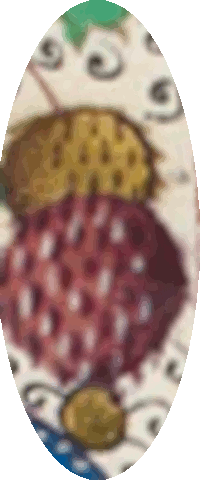
Royal seed |
- The Capetian lineage is the royal blood that goes back
to Egypt.
- If you go back into Irish history, you find
that the Irish kings have the same lineage back to Magdalene
as well as a woman named Tiye who was an Egyptian priest.
-
The royal lineage of Ireland is the royal lineage of the
Huguenots and the French diaspora, the Waldensian persecution,
they go back to Magdalene and she goes back to the city of
Heliopolis.
- This is the Capetian line, the royal blood of
the capital legislative body.
The Huguenots were French Protestants in the
16th and 17th centuries, followers of John Calvin, who
faced intense religious persecution in Catholic
France. They fled the country in large numbers,
especially after the Edict of Nantes was revoked in
1685, settling in other parts of Europe, Africa, and
the Americas, and were known for their skills in
various trades and crafts.
(Assistant) |
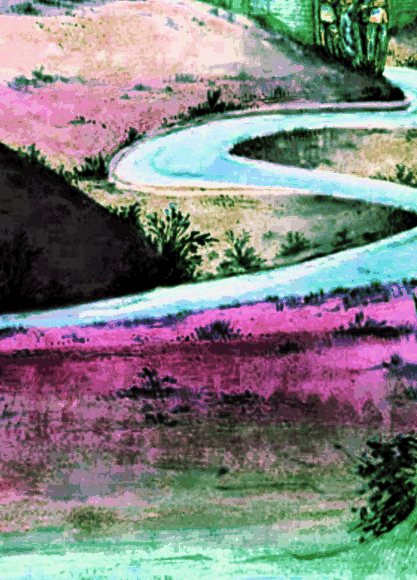
Circuit |
- The circuit of this influence which is the nations where
Joseph was prophesied to go and become a multitude of nations.
- They reigned at the hub, the central temple, at the time
Jesus was on earth, but remember there's many temples on earth
but the temple up in Palestine is called Herod's temple
meaning the Edomian, Esau.
- If the Jews want to follow
this temple today, they're following the man they claim their
deity hates.
- Does this seem right, do you think that
after thousands of years we would follow a man that our
ancestors hated?
- Perhaps they played a trick on you and
now you're not even worshiping in the right temple.
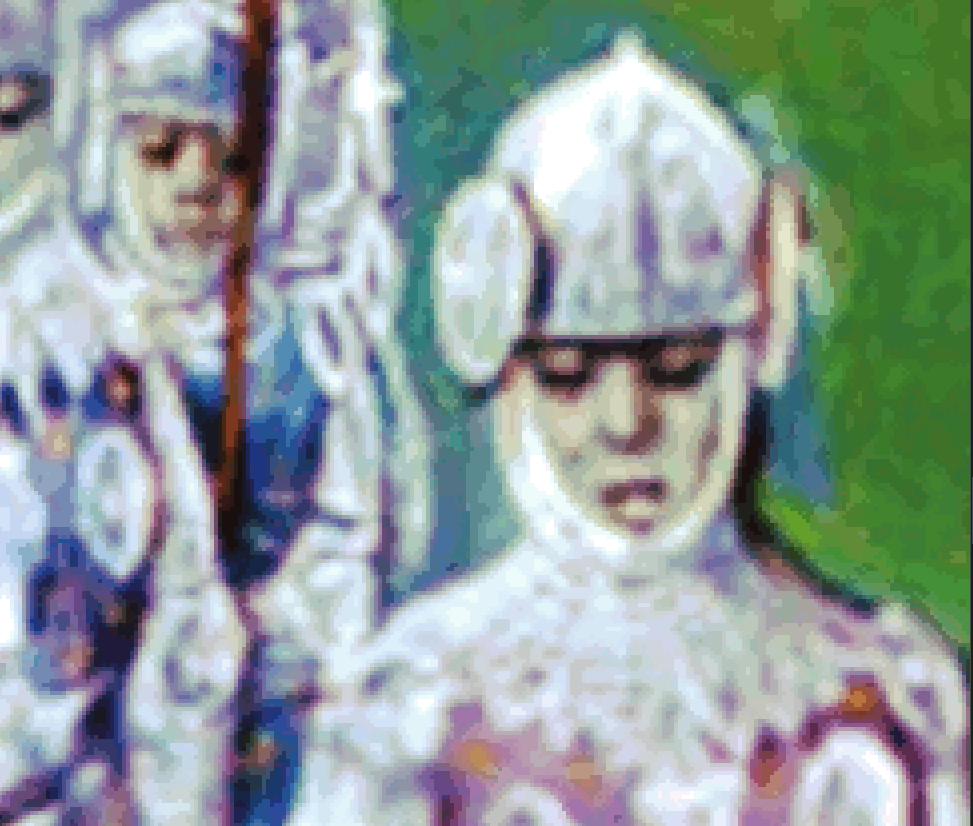
Hugh Capet |
-
Hugh Capet was the son of the powerful duke Hugh the Great and his wife Hedwige of Saxony.
- Capet was elected as the successor of the last Carolingian king, Louis V.
- He was descended from Charlemagne's son Pepin of Italy through his paternal grandmother Béatrice of Vermandois, and was also a nephew of Otto the Great.
The Carolingian Empire (800–887) was a Frankish-dominated empire in Western and Central Europe during the Early Middle Ages.
(Wikipedia) |
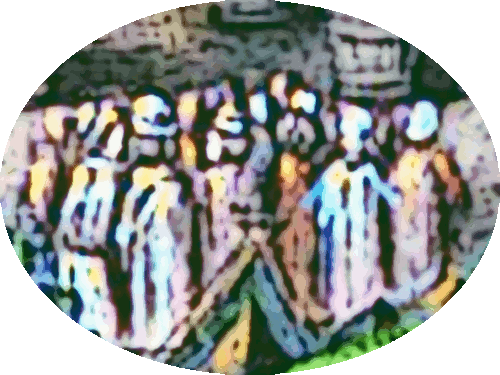
Knights Templars |
- 1314 was a tumultuous year for France because the final act in the destruction of the Knights Templars
took place.
- Grand Master, Jacques de Molay and the Preceptor of Normandy, Geoffrey de Charney, were
burned to death on the Ile de la Cite.
- De Molay is said to have cursed Philip IV, and his descendants from the flames.
- Ironically, Philip IV would be dead within a year and his dynasty’s rule over France would end with the death of his youngest son, Charles IV, in 1328.
- In fact, all three of his sons took the throne and died in
rapid succession in just 12 short years.
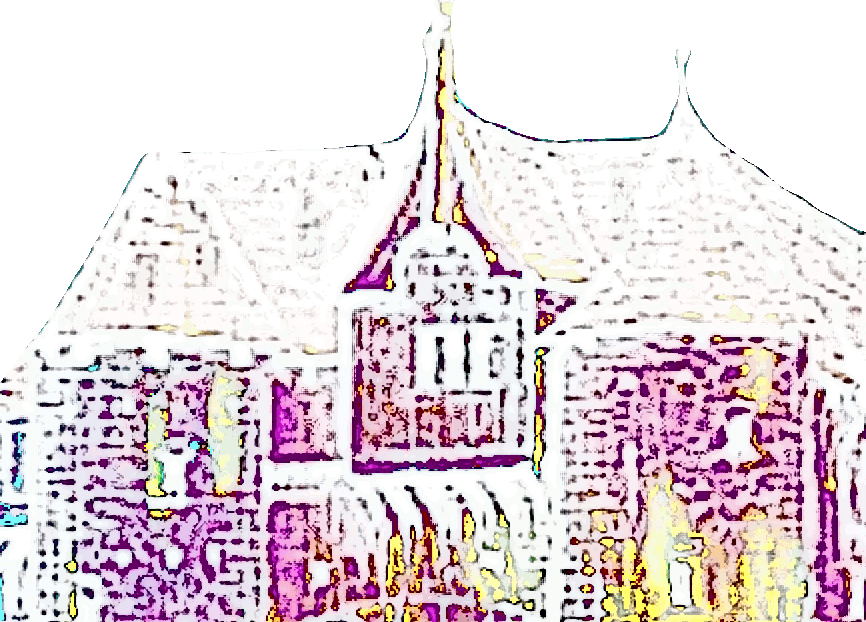
Frosty beginning |
- In 1314 France was at peace and its historical enemy, England,
had officially been tied to the French Crown with the marriage
of Philip’s daughter Isabella of France (1295-1358) to King Edward II
(1284-1327).
- Isabella arrived in England as a 12-year-old bride in 1308
and over time, she grew to be a formidable Queen, nicknamed the ‘She-Wolf of France.’
When Edward II insists on ruling with the man he loves by his side, the Palace refuses. The establishment conspires to restore the natural order, plunging the country into a civil war and threatening the very existence of the monarchy.
(rsc.org.uk) |
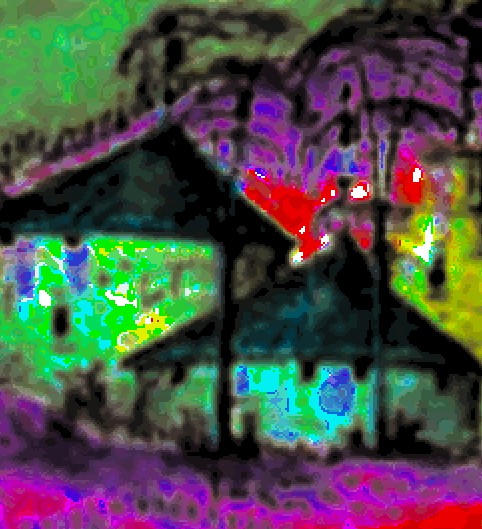
Wedding celebration |
- Her husband, who was age 24, was more interested in his close courtier
and chamberlain, Piers Gaveston (1284-1312), than in his new bride.
- Edward sat with Gaveston instead of Isabella at their
wedding celebration and lavished gifts on Gaveston at his coronation.
- All while ignoring
Isabella and everyone in court noticed.

French
Royalty |
- Isabella was born in Paris about 1295 or 1296.
-
She was the youngest surviving child and only surviving daughter of King Philip IV
(1268-1314)
of France and House of Capet and Jeanne I (1273-1305) of Navarre.
-
Her brother, King Louis X (1289-1316) took the throne in 1314
but he died in 1316.
- Louis was succeeded by
his brother, Philip V (1291-1322) who died in 1322.
-
Philip V was succeeded by
his brother Charles IV (1294-1328) who took the throne in 1322
amd died in 1328.
-
Isabella who was Queen of England was the wife of King Edward II, and de facto regent of England from 1327 until 1330.

English
Royalty |
- Edward II was born in Caernarfon Castle in Wales in 1284.
- He was the son of King Edward I
(1239-1307) and Eleanor
de Clare (1241-1290) of Castile, daughter of Gilbert de Clare, 6th Earl of
Hertford.
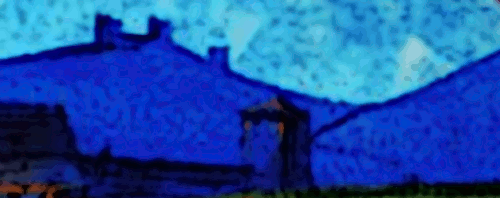
France |
- In their earlier days, Edward and Isabella had to rely
on her family and friends in France to assert their power, and
in 1313 they made a trip to Paris to greet their patrons.
-
While visiting her 3 brothers, Isabella brought them many
gifts, which resulted in the Tour de Nesle affair.
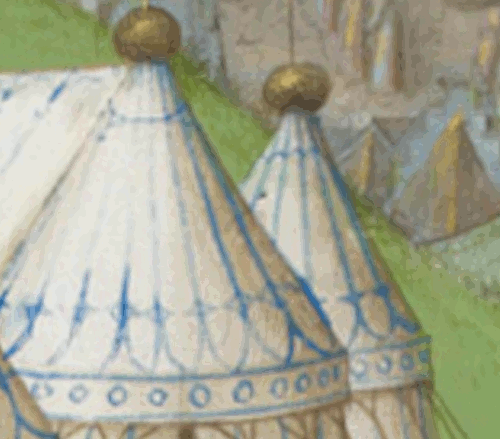
Tent still standing |
- The trip to Paris with Edward to garner further French support
was a pleasant one, with many festivities, although Isabella
was injured when her tent burned down.
- During the visit, her brothers Louis and Charles put on a satirical puppet show for their guests.
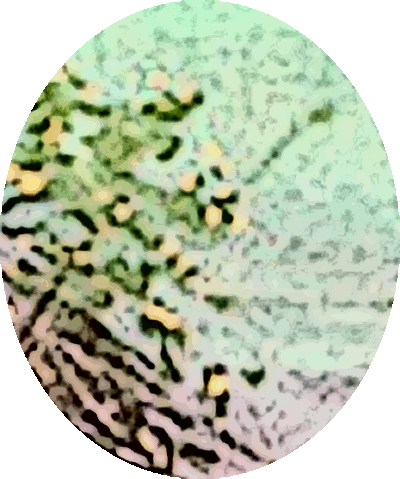
Wedding bouquet |
- Isabella's brother Louis X was married to Marguerite de Burgundy, the daughter of
Robert II, Duke of Burgundy.
- Their marriage in 1305 was a powerful union, joining two branches of the Capetian dynasty: the royal house of France and the ducal House of Burgundy.
- Louis was first born and heir to the French throne, and
Marguerite was a well-connected noblewoman,
however, from the start, it was a relationship full of argument
and the marriage was said to be very unhappy.
- He was a hard person to live with
and his nickname was Louis the Quarreler.
A daughter, Jeanne, would survive childhood to eventually become Queen of Navarre.
(Sharon Bennett Connolly) |
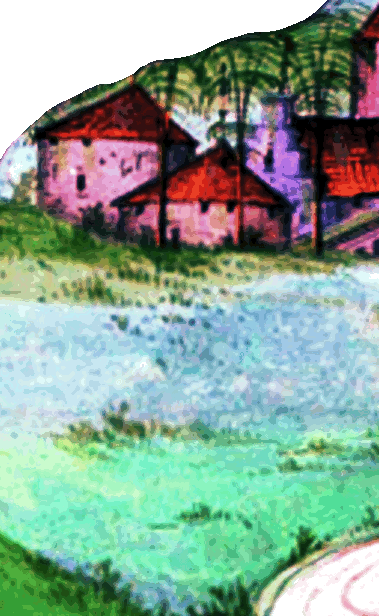
Burgandy |
- Isabella's other brothers Philip V and Charles IV were both married
to Marguerite's cousins.
- They were
the daughters of another Burgundian nobleman and they were
named Jeanne d’Artois and Blanche d’Artois.
- Philip’s marriage to
Jeanne (Joan)
of Burgandy was a
love match.
- Charles was pious and ‘straight-laced’ and appeared to have little time for his young wife
Blanche of Burgandy.
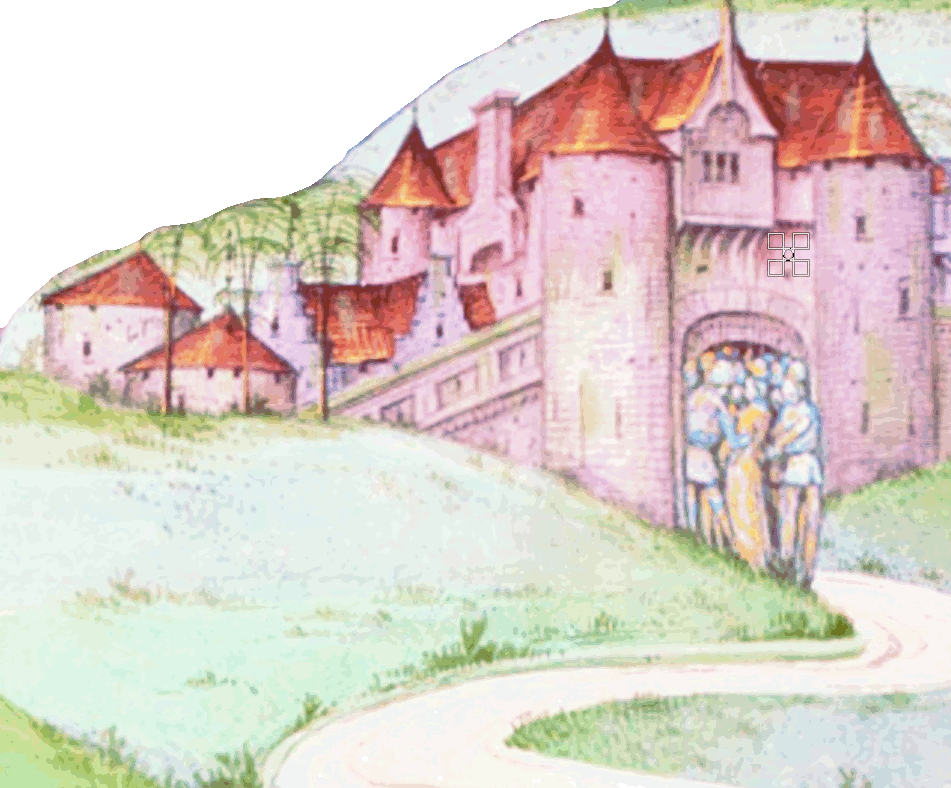
Music and dancing |
- Marguerite had become good friends with the two sisters,
Jeanne
and Blanche, who enjoyed a love of music, laughter and dancing.
- It was during this period that Isabella gave each of her sisters-in-law gifts of highly-embroidered silk purses
to celebrate the fact that each of her three brothers had
recently been knighted.
- The couple went back to London and thought nothing more
of it.
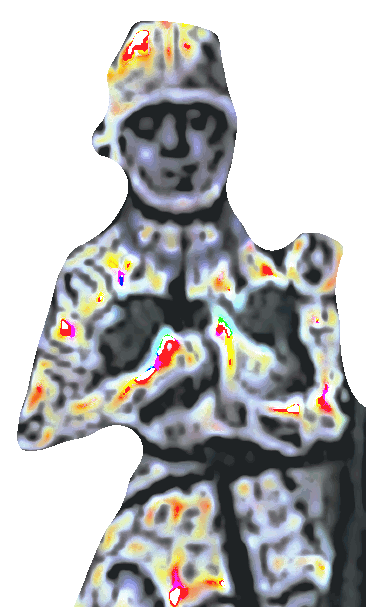
Carrying a silk
purse |
- When she visited again in 1314, Isabella saw these same
silk purses on the belts of two Norman knights of the French court; brothers Gautier and Philippe d’Aunay.
- Uncertain as to how the two brothers had acquired them, she wrote to her father suggesting the two men may have
associations with her sisters-in-law.
The Normans were a population arising in the medieval Duchy of Normandy from the intermingling between Norse Viking settlers and locals of West Francia.
(Wikipedia) |
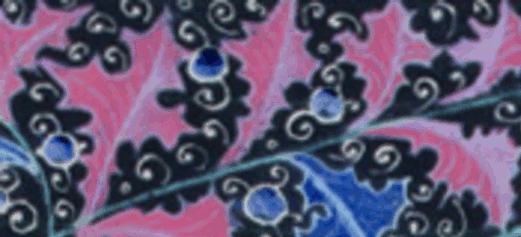
Adultery exposed |
- Isabella realized that her brother's wives must be
carrying on affairs with these men.
- This was a world
where legitimate heirs were everything, this was no mere
gossip because infidelity, especially female, meant a
destabilation of succession.
- Isabella was troubled and
told her father her suspicions when she saw him next and
that's when the situation exploded.

Observing |
- King Philip IV had the two brothers placed under
observation and later arrested them along with his 3 daughters-in-law.
-
Marguerite and Blanche were alleged to have adulterous affairs with the d’Aunay brothers.
- This took place over a period of years at Le Tour de Nesle, on the left bank of the Seine, opposite the Louvre.
- Jeanne was suspected of being complicit in the liaisons and was later also accused of adultery.
- After the wives had their heads shaved they were sentenced
to a life behind bars, however, the knights fared much worse.
The clandestine meetings were supposed to have taken place in this small palace on the outskirts of Paris (although some sources suggest that events happened at Philip IV’s country retreat of Maubuisson Abbey).
(Sharon Bennett Connolly) |
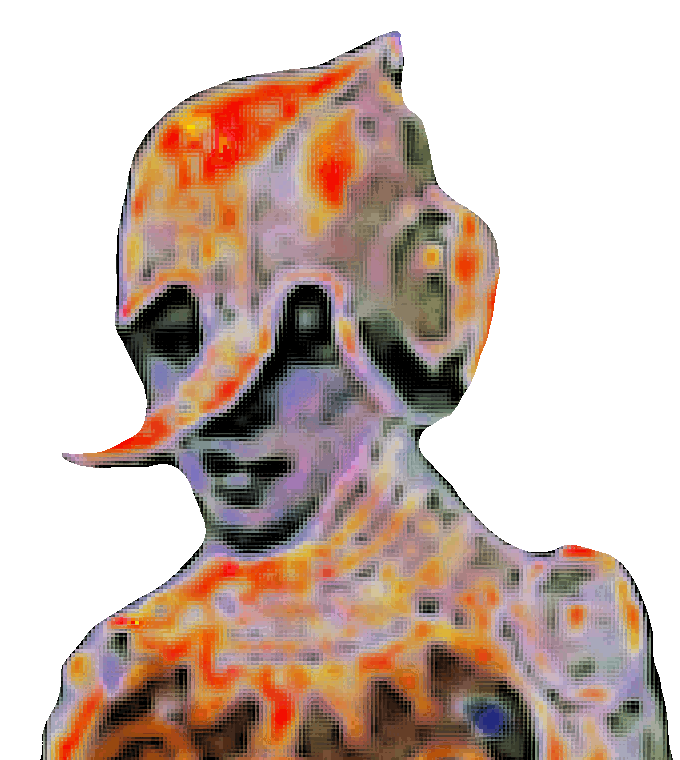
Guilty knight |
- In 1314, during the last months of King Philip IV's reign,
son Louis Xs wife Marguerite and her sister-in-law, Blanche of Burgundy, were accused of adultery in an event known as the Tour de Nesle Affair.
- All 3 princesses were arrested and questioned and when confronted in a secret court, Marguerite and Blanche confessed to adultery with the d’Aunay brothers.
- After surveying the knights and determining their likely had
been an affair, the French court formally charged the women
and men alike with adultery.
- The men were condemned to
death for the crime of ‘lese majeste.'
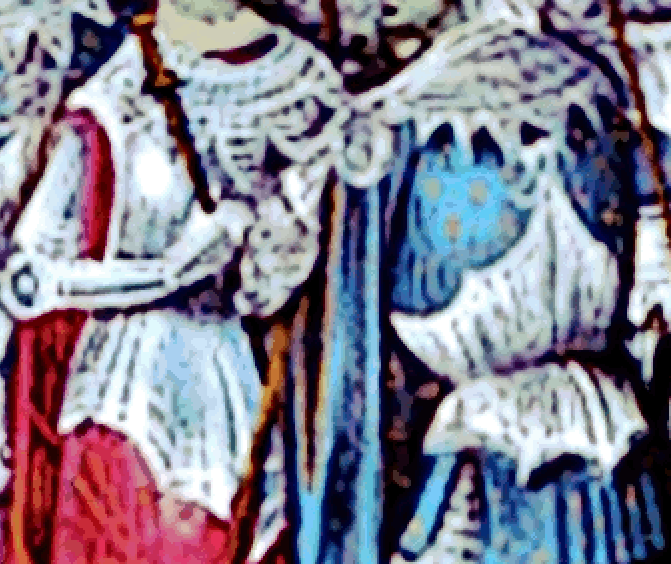
Sisters |
- The brothers were tortured and they gave details of the affairs and implicated
Jeanne.
- Both princesses were ‘interviewed’ but not tortured,
however, once confronted with the d’Aunay’s confession,
Marguerite and Blanche confessed,
but Jeanne continued to claim innocence.
- They were brought before a tribunal and found guilty.
- Marguerite and Blanche were stripped of their clothing and dressed in sackcloth and their heads
were shaved.
- Jeanne of Burgundy was imprisoned for a year before being acquitted.
- Isabella's reputation in France suffered somewhat as a result of her perceived role in the affair.
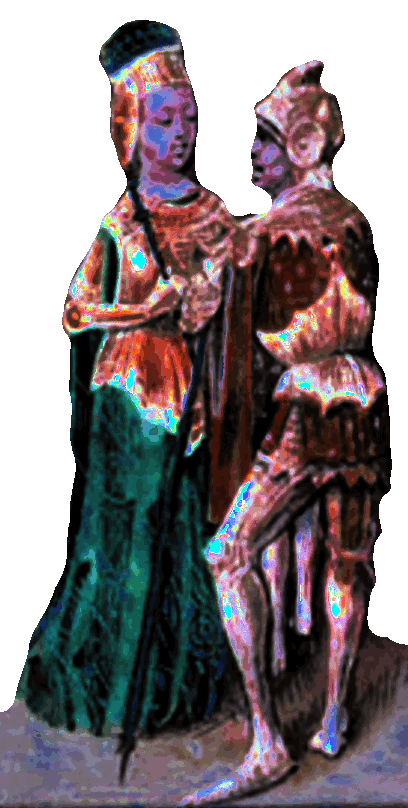
Dark days for Louis
X |
- When Louis X became King of France in 1314, Marguerite, although already imprisoned for adultery, technically became queen consort.
- Their union ended in scandal and tragedy, with
Marguerite's infidelity conviction leading to her imprisonment and death.
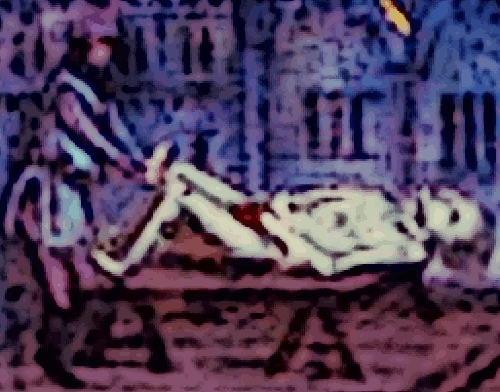
Castrated |
- The women were taken to Pontoise in the north of Paris
where they witnessed the d’Aunay brother’s brutal
torture and execution, where all their bones were 'broken on
the wheel.'
-
Marguerite and Blanche were sent to Chateau Gaillard
where Marguerite was treated more harshly and imprisoned in a high tower that was open to the elements.
- She wasn't given clothing or bedding and was provided little food.
Phillipe and Gauthier were castrated and their private parts thrown to the dogs, then flayed alive; molten lead was then poured onto their exposed skin, their bodies strapped to a wheel and their bones broken with iron bars; they were then finally decapitated.
(Michael Long) |
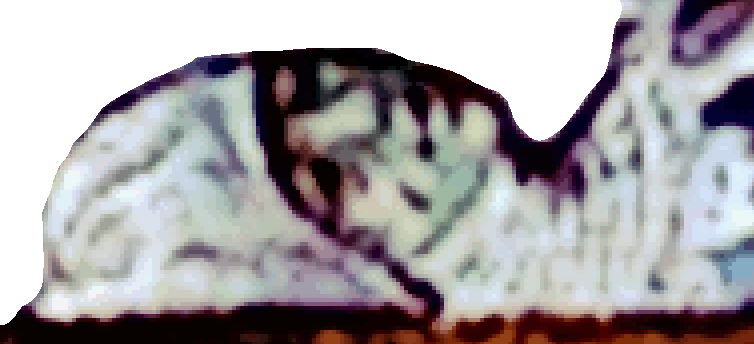
King Philip departs |
- King Philip IV died later that year on November 29, 1314,
at age 46 in Fontainebleau, France.
- His son Louis needed to marry again quickly to secure the succession
because his wife Marguerite's affair called into question the
legitimacy of their only child, a daughter named Jeanne.
- During her imprisonment
Marguerite had remained married to Louis, but she died in August 1315.
- Marguerite died five days before her husband, now King Louis X married his second wife,
Clementina of Hungary.
- It was rumored in Paris that Marguerite had been strangled on orders from her husband.
On his accession to the throne in November 1314, Louis X applied to the Pope for an annulment of the marriage. However, Pope Clement V died before he could grant the divorce and no new Pope would be elected until 1316. Shortly after Clement’s death, however, Marguerite conveniently died – probably strangled on the orders of Louis.
(Sharon Bennett Connolly) |

New day |
- Louis’s new wife Clementina of Hungary was 8 months pregnant
when in June 1316, Louis X died after a tennis match.
- The gender
of the child determined who would rule the kingdom.
- If
Clementina gave birth to a son, he would be king, however, if
she gave birth to a daughter, then the succession was less clear.
- This is because Marguerite and Louis were still married at the
time of Marguerite's death,
meaning their daughter Jeanne would outrank the newly born princess in the succession.
- Louis X had been on the throne 2 years.
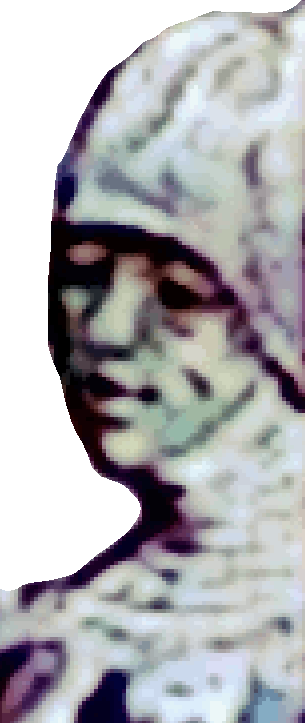
Philip V |
- Clementina gave birth to a son, Jean I the Posthumous,
but he only lived 5 days and died in November of the same year.
- The Royal Regent, the dead King’s brother Philip V
(Phillipe) moved to secure the crown for himself, bypassing the stronger claim of his niece Jeanne.
- However, Louis’ daughter, Jeanne, inherited Navarre as Jeanne II, despite the questions that the scandal raised over her parentage.
He succeeded by invoking an ancient, obsolete legal code of the fifth-century Salian-Frankish kingdom (the present-day Somme and Isle de France). The particular clause was one that differentiates male from female inheritance. Men inherited landed property, but women could only inherit personal property. QED a woman could not inherit the Crown. This determination became known as ‘Salic’ law and over the centuries was a cornerstone of the French legal system.
(Michael Long) |
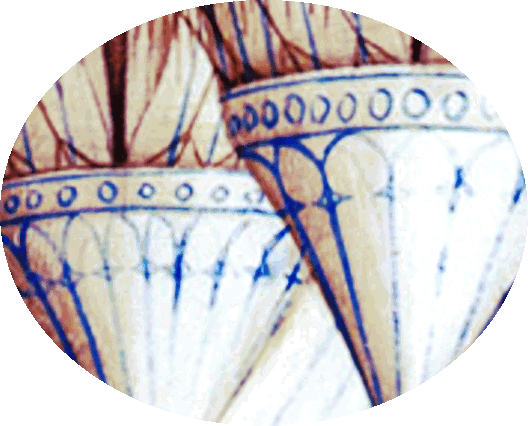
Torches |
- Phillipe succeeded the throne as King Philip V but was still married to Jeanne who had fared better than
the other two princesses.
- Jeanne had always maintained her innocence and her imprisonment at Chateau Dourdan was more humane.
- Philip apparently still loved her and argued for her release.
- He even defended Jeanne before the Paris Parliament and with
his support, she pleaded her innocence.
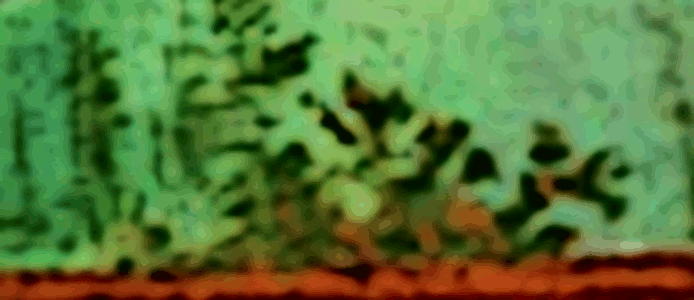
French garden |
- Jeanne was accepted back at court where she was now the Queen of France,
and she was reunited with their 4 daughters.
- Just a few
short years later, in 1322, King Philip
V fell ill and died, however, because of his introduction of Salic law,
and having no sons, none of his daughters could inherit the
throne.
- He had been on the throne about 6 years.
Blanche’s sister, Jeanne, fared better; she was also arrested, and placed under guard at the Chateau Dourdan. Her marriage with Philip was a very happy one, and it seems she was only guilty of knowing of the affairs.
(Sharon Bennett Connolly) |

On ice |
- The French Crown passed to Philip Vs younger brother who became King Charles IV.
- Charles was still married to Blanche, who was
imprisoned in primitive conditions in an underground cell in Chateau Galliard.
- As King he needed an heir
so he paid the Pope to annul their marriage, with the
condition that Blanche would be released and allowed to join a convent.
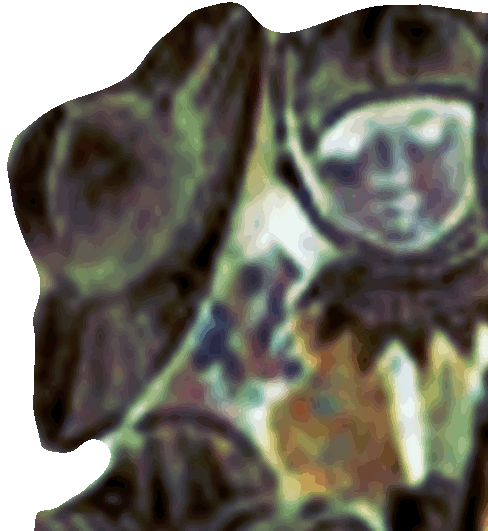
Adultery over-exposed |
- Blanche gave birth to an illegitimate daughter by her jailer while in prison in Chateau Galliard.
- She entered a Cistercian order at Maubuisson, north-west of Paris and lived until 1332.

Last of the Capetian
line |
- King Charles IV died in 1328 and left no male heir and
the French court was thrown into turmoil.
- Charles was the third of Phillip IV’s sons to succeed to the throne, but he would be the last of the Capetian line of Kings.
- There were no more sons in the line and they had written the
daughters out of their will.
- Charles had been on the
throne for about 6 years.
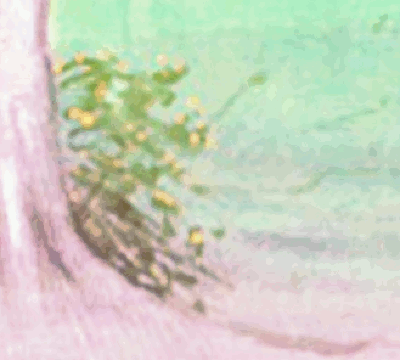 |
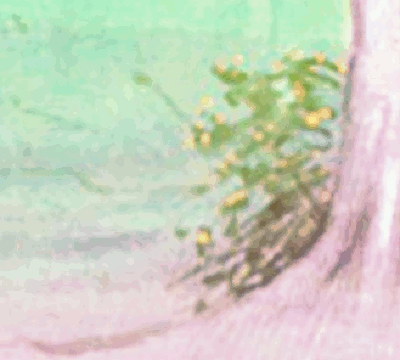 |
|
Valley |
-
Charles left behind a pregnant wife, Jeanne d’Évreux who it was hoped was carrying the
next Capetian king of France.
- France was now ruled by a Regent, Charles’ nephew, Philip
VI (1293-1350) of Valois.
- Philip VI was the first king of France from the House of Valois, reigning from 1328 until his death in 1350.
- His reign was dominated by the consequences of a succession.
The birth of a daughter led to the succession crisis, with arguments arising that a woman could not inherit the French throne.
(Sharon Bennett Connolly) |
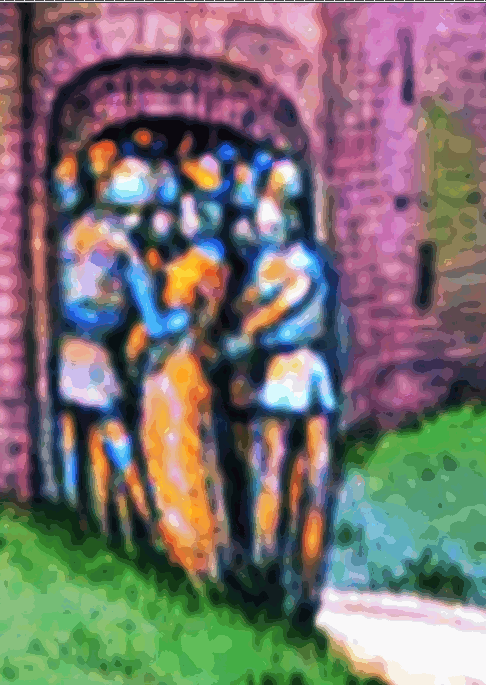
Females removed |
- Although Salic Law had only previously been relevant to landed inheritance, and never before applied to the crown, it was now used to invoke to remove the surviving daughters of the 3 Valois kings from the succession.
- The crown now passed to Charles’ closest relative through the male line; his cousin, Philip of Valois, grandson of Philip III.
Thou from this land, I from myself am banish'd.
(Christopher Marlowe, Edward II) |
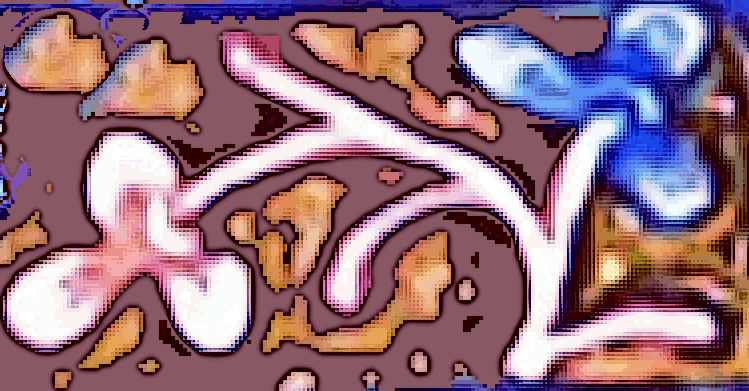 |
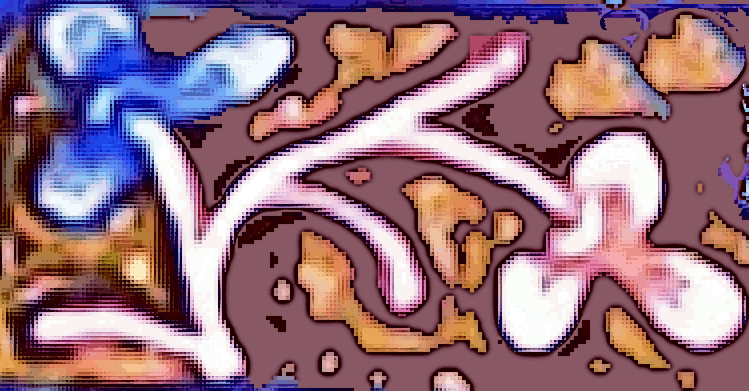 |
|
Blanche |
- In April 1328, Jeanne gave birth to a daughter, Blanche,
and therefore she was not in the line of succession.
- The French Crown could now pass to one of two contenders; Philip of Valois, Charles’ nephew or the grandson of old King Philip IV through his daughter Isabella, the King of England, Edward III.
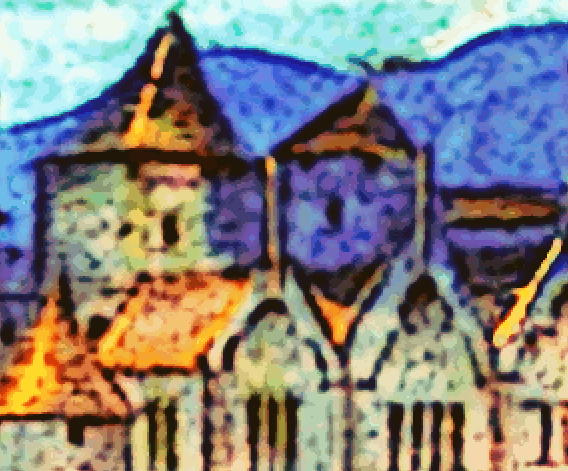
House of Valois |
- However, the bloodline proved that Isabella's son, Edward
III had a far stronger and more direct claim to the throne.
- The French lords were not in favor of the King of England as their overlord.
- To deny Edward, the French lords needed a justification for giving the Crown to Philip of Valois, and once more they invoked Salic
law.
- As a result, Philip IV’s daughter Isabella could not pass on a claim to the French crown when she was not entitled to it.
- Hence Phillip of Valois became King Philip VI.

Land rights |
- The French nobility used Salic law to justify Philip of Valois becoming King, even though they knew that Edward III of England would fight for his ‘right’ to the French crown.
Although ‘Salic’ law became a cornerstone of the French legal system, the same Salian-Frankish law code said, “…if the sons are dead then a daughter may receive land just as the sons would have done had they lived.”
(Michael Long) |
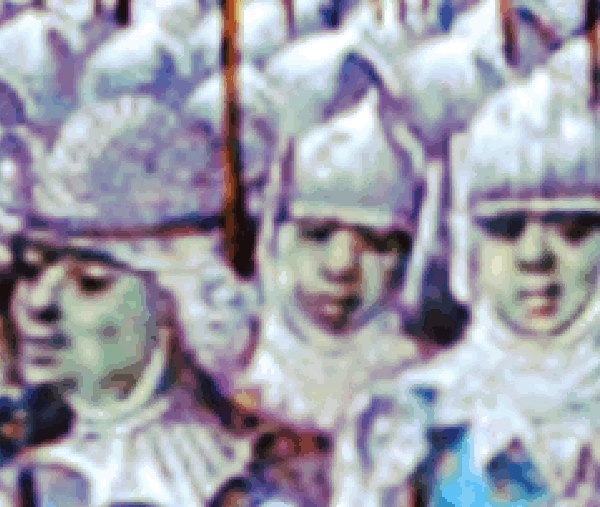
Hundred Years War |
- The decision was pivotal in Anglo-French relations, triggering the long-lasting conflict between them known to history as the
Hundred Years' War (1337-1453).
- Edward III invaded France in 1337, intent on ascending
the French throne and recreating the Angevin Empire of his ancestor Henry II.
- His time was marked by constant war as England was
thrust into hostilities with France.
- As the only grandson
of Philip IV, through his mother, Edward pursued his own claim
to the French throne and used it as a motive to launch the
lengthy war.
The Angevin Empire was the collection of territories held by the House of Plantagenet during the 12th and 13th centuries, when they ruled over an area covering roughly all of present-day England, half of France, and parts of Ireland and Wales, and had further influence over much of the remaining British Isles. It may be described as an early example of a composite monarchy.
(Wikipedia) |
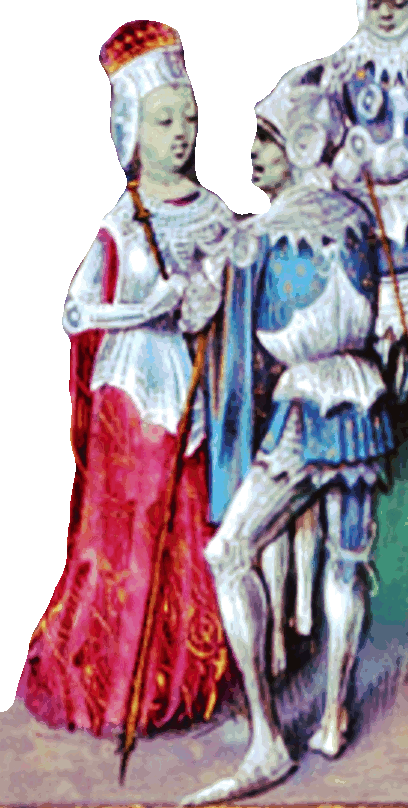
Isabella
and Mortimer |
- The war dragged on sporadically until 1453 and would decimate the French nobility and
left the country economically devastated.
- What is ironic is that Isabella developed a reputation as an infamous adulteress herself, having a high-profile affair with Roger Mortimer, the Earl of March and possibly having her husband Edward II murdered.
- She set in motion ‘L’affaire de la Tour de Nesle’ which
shook the French monarchy and directly contributed to the
succession crisis in France that culminated in the Hundred
Years War.

Wales |
- Although logically it seems like the succession crisis
occurred because of their Salic law which prevented the
females in the royal lineage from taking the throne.
- Plus
the fact that all four of the French kings died in rapid
succession, that was the real succession problem.
- The scandal cast a long shadow on the last years of the Capetian dynasty, with neither of the 3 brothers producing a son to carry on their line.
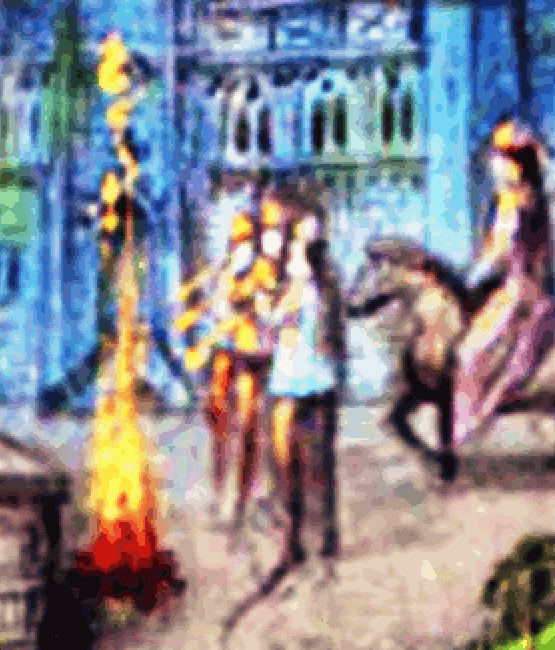
Punished |
- In all fairness to Isabella's plight, Edward II was not
a good husband and spent all his time with his male courtiers.
- This was known by the earls and barons before Isabella ever
arrived at age 12 in England to marry Edward and was already a
point of huge contention with his subjects.
- She made the
decision to leave her marriage and fled to France before she
ever met Roger Mortimer, after years of Edward's devastating
reign during which her own wealth, property, and even her
younger children were removed from her for a time.
For trust not him that hath once broken faith.
(Shakespeare, Edward III) |
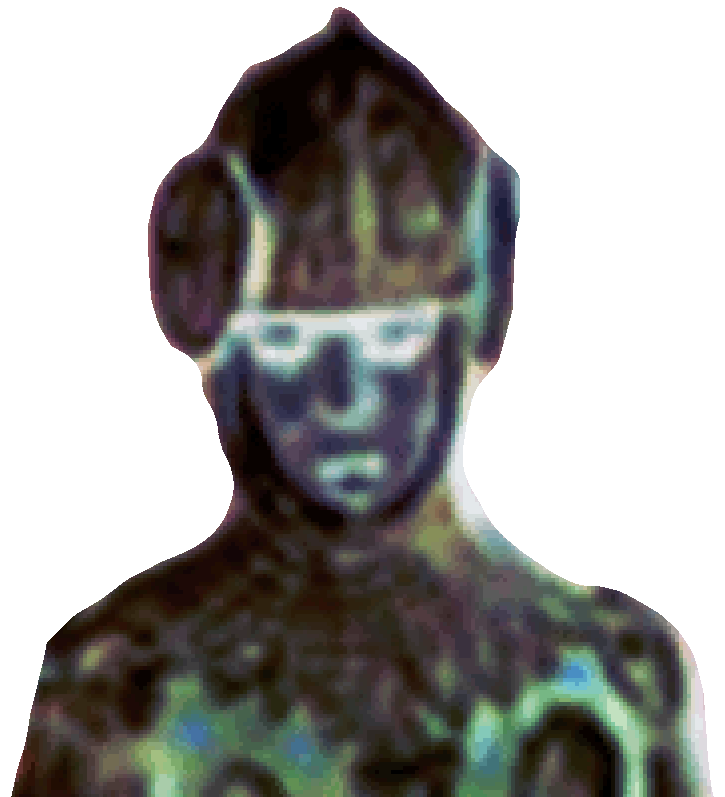
Edward II |
- Edward II was eventually removed from the throne, more
by his own actions and by the barons and lords and his English
subjects, than anything Isabella might (or might not) have
done.
- The fact that both kingdoms fought over this for
100 years shows how these kings used their subjects and spent
all their resources on propping up their egos.
No hope, but death, to bury up our shame.
(Shakespeare, Edward III) |
|
Ay, with such gifts that heaven shall share with you.
Shakespeare, Measure for Measure

|

